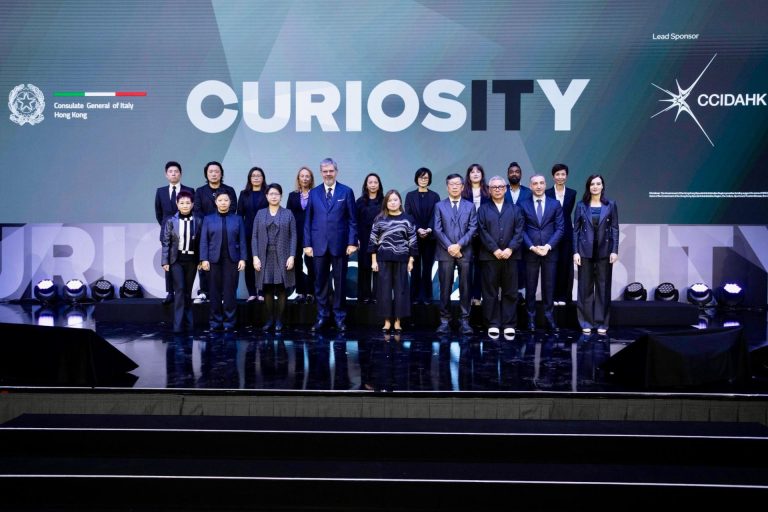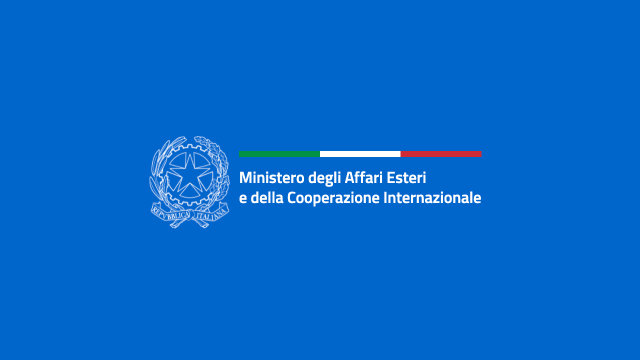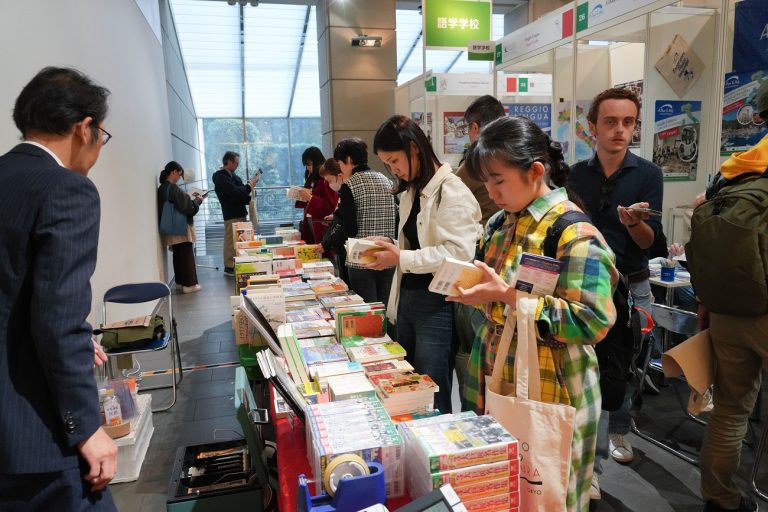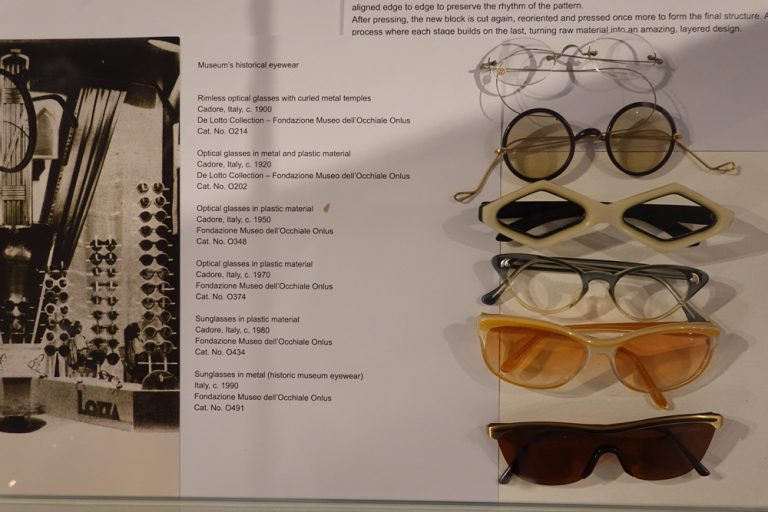The glaciers of Tibet have receded over the past 50 years by 10-15% as a result of climate change associated with human activity. The topic was confronted in Beijing at the bilateral Italo-Chinese Conference entitled “From Glacier to Climate. An Euro-Asiatic perspective in cryospheric sciences”, organized by the Italian Embassy in collaboration with the Bicocca University of Milan, the INFN and the Chinese Academy of Sciences.
Participants in the conference, hosted by the Italian Cultural Institute, included Italian and Chinese experts in environmental and glaciological research. The event was the first major opportunity for encounter on the theme of climate change associated with Polar Regions and the glaciers of Europe and Asia.
Glaciers a data archive
The discussions brought out the profound correlation between human activity and pollution of the glacial environment. Glaciers are, in fact, an archive of climate and environmental data stored over time. The data reported by the Chinese showed that the Himalayan glaciers, one of the largest fresh water resources in the world, have receded by from 10 to 15 percent over the past 50 years. China is therefore developing a system that will at least allow for the conservation of the water from the melting glaciers of the Tibetan Plateau.
Chinese researchers showed great interest in the advanced analytic technologies being developed by Italians, which include analysis of ice in caves and of the radioisotopes found in glaciers, which are an important marker of the evolution of temperatures. These skills are the fruit of Italy’s lengthy, and widely recognized, experience in the Antarctic. China itself is in the process of intensifying its missions and strengthening its presence in the South Pole regions.
Milan’s Bicocca University and the State Key Laboratory of Cryospheric Sciences (CAREERI) of the Chinese Academy of Sciences signed a Memorandum of Understanding at the end of the conference on climate and environmental research.








